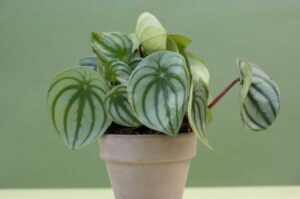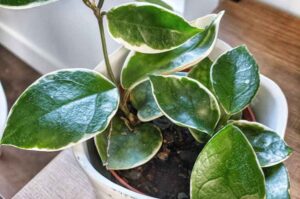Calathea Musaica (Network)- Care tips for Calathea Network
Calathea Musaica (Network)
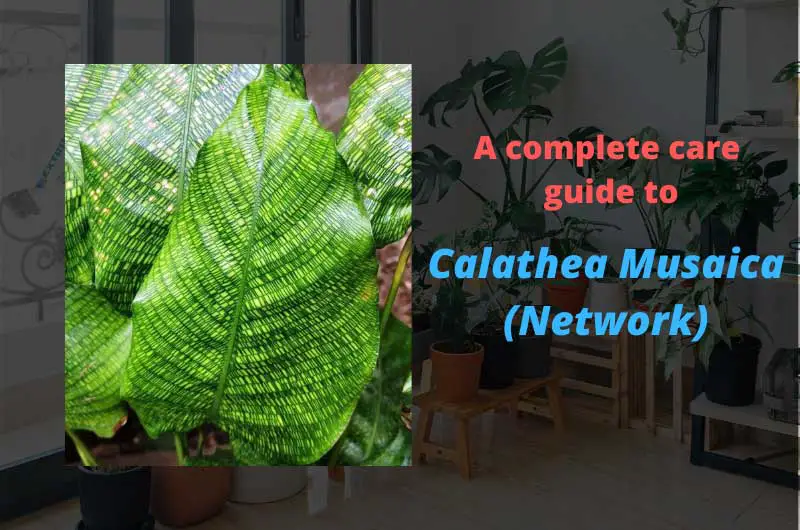
Calathea Musaica (Network) is an attractive plant having brightly colored, upright, oval leaves, having a mosaic pattern on it. Thus, the name of the plant is Calathea Musaica.
This plant is also known as Calathea Network and the new name is Goeppertia kegeljanii ‘Network’, or even it is called Goeppertia Bella or Calathea Bella.
This plant belongs to the well-known Marantaceae family, which is also known as the Prayer plant family. It is the huge Calathea family containing other famous plants like Calathea orbifolia, Calathea ornata, and many more. Calathea Musaica is one of them.
As a member of the Prayer’s plant family, the leaves of Calathea Musaica also fold up at night as if they are praying to Almighty God.
Calathea Musaica also have air purifying ability.
Due to the aesthetic appearance of the plant, it is now trending on social media among plant lovers.
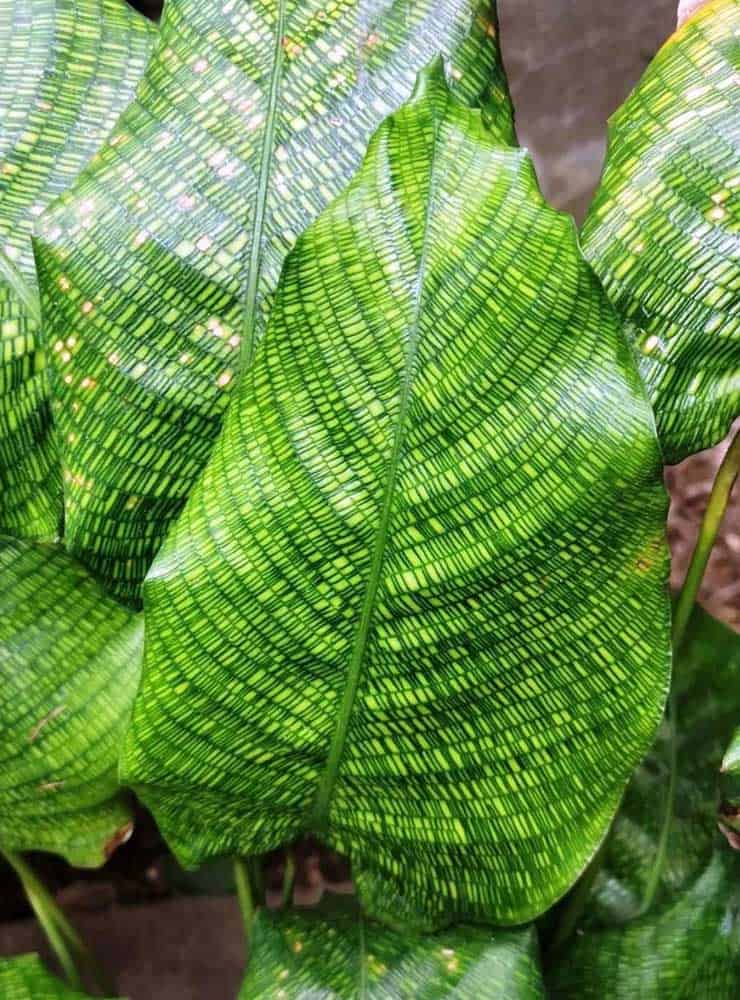
Some important points to know about Calathea Musaica
- Botanical name- Calathea Musaica (Network)
- Family- Marantaceae
- Origin- South America, Reports says that it is originated from the tropical rainforests of South America.
- Plant type- Indoor ornamental plant
- Soil requirement- The plant needs fertile soil with good drainage.
- Light requirement- Bright indirect sunlight is ideal for this plant.
- Water requirement- The plant requires moist soil but it should not be oversaturated.
- Humidity- Plants thrive well in places with high humidity.
- Temperature- Plant can grow well in the temperature range of 18 to 260C (64 to 790 Fahrenheit).
- Propagation- Plant propagation is done by the method of division.
- Toxicity- The plant is non-toxic to cats and dogs.
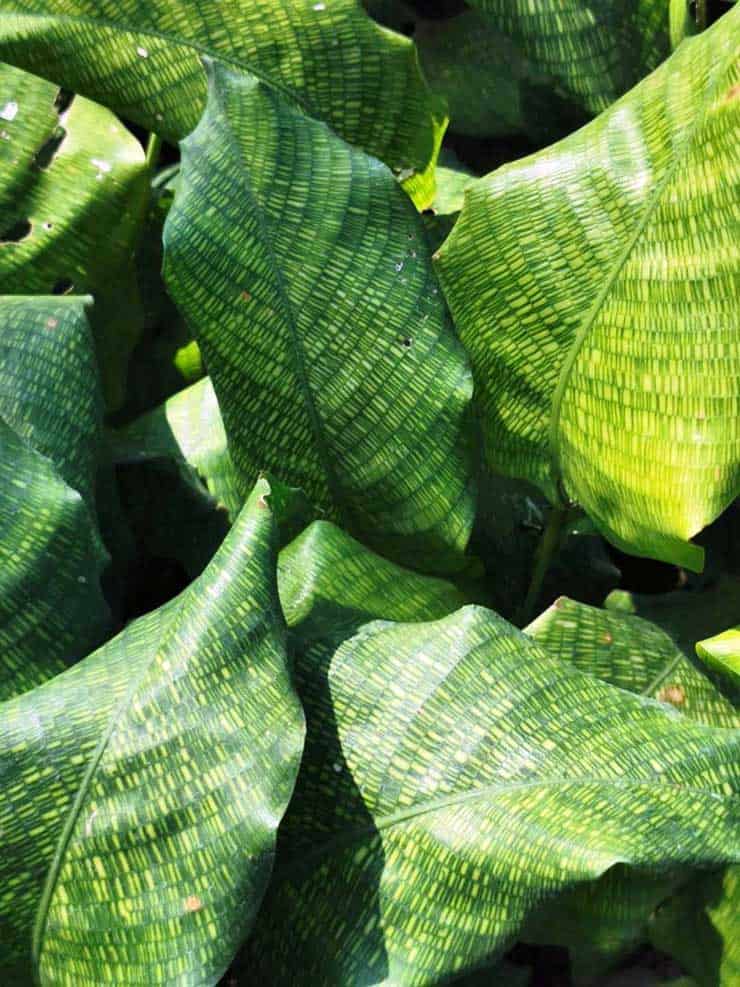
How to care for Calathea Musaica (Network) plant
Here is a complete care guide to Calathea Network plant
Light requirements for Calathea Musaica
This is a tropical plant, and native to the tropical rainforest of South America. So, to give them a home-like feel you have to provide similar light conditions. Bright indirect sunlight is the best light condition, which mimics the similar light condition in the rainforests.
The plant will grow rapidly if you provide it indirect/diffused sunlight which is bright. A little direct sunlight will not hamper the plant, but the prolonged period of exposure will have a scorching effect on its delicate leaves.
An ideal place for Calathea Musaica is near an east-facing window. Here the plant will get some direct sunlight in the morning hours and throughout the day there will be bright indirect sunlight.
Soil requirement
You should be careful while choosing the soil for this plant. The plant is susceptible to waterlogging conditions. Waterlogging conditions for a prolonged period of time may also cause root rot, which hampers the growth of the plant.
An ideal potting mix for Calathea Musaica (Network) must have a mix of well fertile garden soil and perlite or pumice. Perlite will help the excess water to drain out easily. You can also use cocopeat in the potting mix because it will enhance the water holding capacity of the soil.
A moist soil which is not very wet, muddy and soggy is ideal for this plant.
Temperature
The plant is sensitive to low temperatures. It struggles in the winters. The plant grows well in the temperature range of 18 to 260C (64 to 790 Fahrenheit).
The plant can not resist sudden changes in temperature. So keep the plant away from sudden cold drafts.
Therefore, this plant is best suited for indoor condition.
Humidity
As we all know tropical rainforest are places with very high humidity levels, therefore the Calathea Musaica (Network) also perform its best in a humid environment.
The surrounding of the plant should be humid and it will also meet the water requirement of the plant to some extent.
To keep the surroundings humid, you can follow these methods.
- Place the plants in a humid place- Find a humid place for the plant in your home. The best suitable place is your bathroom. Ensure that proper light should be there for the plant. Then it is the best place for the plant to sit in.
- Use a pebble tray– This is one of the best and simple methods to keep the plant in a humid environment. Put some pebbles in a tray and add some water to the tray. Keep your pot on the pebbles. As the water will evaporate, the atmosphere will be humid.
- Group the plants- If you have a good number of plants in your house that require a humid environment, then you can keep them in a group so that the loose moisture to the atmosphere by transpiration and keep the surrounding humid.
- Use a humidifier- You can use a humidifier to keep the surroundings humid.
- Mist the plant- You can also mist the plant using a sprayer.

How often should I water my Calathea Musaica (Network)
There is no fixed schedule for this. You should water your plant as per its requirement. Water requirement varies according to seasonal and environmental factors. In the summers you have to water more frequently. During the winters there should be fewer irrigations.
Also, the water requirement depends on the potting mix you are using. If the soil has a good water holding capacity, then you have to water less frequently. A more humid environment also makes the irrigation interval more.
The trick to check whether your plant needs water or not is to check the top one-inch layer of soil. If it dry, then apply water and if it is moist then hold on.
The plant is highly sensitive to excess salts and ions present in the tap water. So try to use mineral water or pure rainwater. It will keep the plant free from the toxic effects of chlorides, fluorides, etc.
Fertilizer for Calathea Musaica (Network)
It is best to use organic fertilizer or vermicompost to apply for this plant. It supplies the necessary nutrients and also improves the physical condition of the soil.
You can also use a balanced fertilizer, available in the market, but apply at half of the recommended strength. Overfertilization may burn the plant.
Never apply the fertilizer in direct contact with the plant or plant part. Apply at a distance of at least a few centimeters.
Repotting of Calathea Musaica (Network)
Calathea Musaica is needed to be repotted every year. Otherwise, the plant will be root-bound and there will be no growth.
The best time for repotting is the spring season because the growth rate during this season is very high.
Process of repotting
- Choose a pot of 1 to 2 sizes bigger than the old pot and fill it with the proper potting mix.
- Uproot the plant and remove the soil from the root.
- Untangle the root.
- Check for any root rot or other diseases in the root.
- Remove the diseased part if found any.
- Put the new plant in the bigger pot and fill it with soil.
- Take care of the plant carefully and allow it to acclimatize to its new place.
Calathea Musaica (Network) propagation
This plant is propagated by the method of division. The ideal time to propagate the plant is in the spring season, while you are repotting the plant.
While going for repotting uproot the plant and divide a clump of leaves along with the root and plant it in a new pot.
Take proper care of the newly planted Calathea Musaica and after a few times, it will start its regular growth.
Pest and diseases
The major pest of Calathea Musaica (Network) is the spider mite. The main symptoms of spider mites infestation are signs of leaf webbing and discoloration of leaves. You can control it using neem spray. You can also mist the plant regularly to remove these pest infestations. Because red spider mites hate humid and wet places.
The major disease of Calathea Musaica is root rot. It is caused by a prolonged period of water stagnation. To avoid this disease, you have to take care of the watering of the plant,
Pruning
There is no requirement of pruning for the Calathea Network plant. But the older dead leaves are to be removed. Cut them using a sterilized blade.
Toxicity
The plant is non-toxic to pets like cats and dogs. You can keep them both in your house.
FAQ
Why the leaves of my Calathea Musaica (Network) are turning yellow?
The leaves of the plant might be turning yellow due to over or under-watering. You have to check the top layer of soil and water the plant. If the soil is very dry then only you need to apply water. Do not apply if it is moist.
The plant will love to have moist soil, which is not too soggy and oversaturated.

